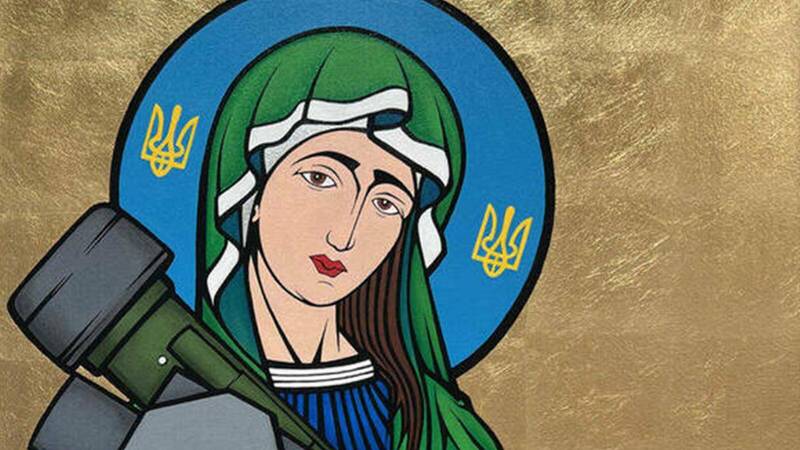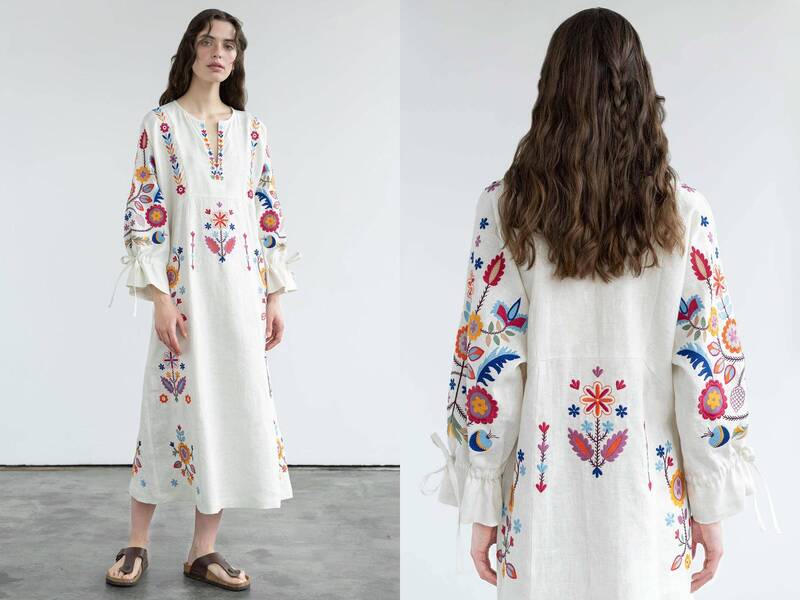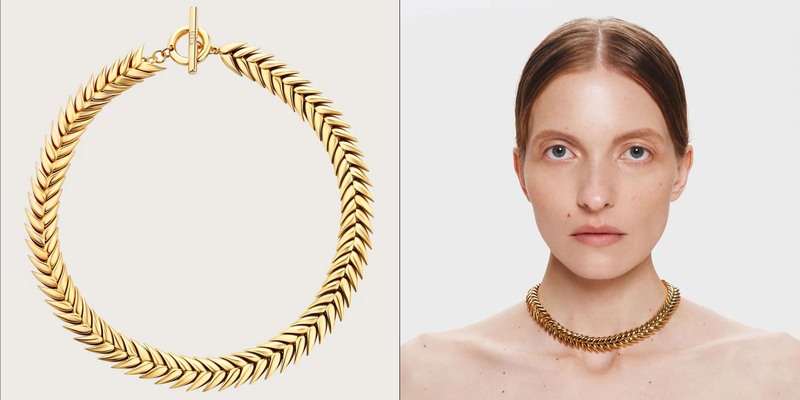
Fashion as Protest in Wartime
Ukrainian Art as Protest and Resilience
Research by Felicity Wong ’24
Artist: Etnodim and Bevza
Format: Material culture
Placement: Social media, public marketplace
On May 19, 2022, Ukrainian first lady Olena Zelenska wore a blue vyshyvanka — a traditional type of Ukrainian embroidered shirt or chemise — in an Instagram post honoring National Embroidery Day. While it is also worn in other Baltic countries, the vyshyvanka has become recognized as a kind of genetic code to Ukrainian identity. One of its most distinctive aspects is the embroidery, which holds varied sacred meanings in traditional Ukrainian culture. The vyshyvanka is also a historically significant form of resistance against political oppression. In the fifties and sixties, Ukrainians were jailed by the Soviet regime for wearing the vyshyvanka under the same laws that criminalized speaking in Ukrainian. Framing fashion, then, as a particular language is key to understanding how a uniquely Ukrainian identity is shaped by their fight for expression.

The erasure of Ukrainian identity involved its designation as inferior to Russian culture during the Soviet era. This typically occurred through the creation of narratives and stereotypes that pejoratively represented Ukrainian culture through, for example, peasant clothing. The journalistic jargon for this phenomenon is sharovarshchyna, a term synonymous with “ethnic kitsch.” Decades later, the Russian invasion of Ukraine has propelled fashion brands to contest this lingering Soviet-induced narrative through the incorporation of authentic Ukrainian motifs into their designs. The aesthetic tradition of the vyshyvanka is now making a return to the contemporary fashion industry.
Etnodim is one online store that has given a new spin on Ukrainian embroideries. Its collection features a dress made of flax inspired by Ukrainian artist Hannah Sabachko Shostak, known for her folksy floral paintings. The dress’ sleeves end with a drawstring, creating the same type of gatherings common in 20th century vyshyvanka garment edge stitching. The embroidered flowers decorating the fabric resemble the stylized depictions of nature — emblems for life and purity — that distinguish the vyshyvanka.
Bevza, created by Ukrainian designer Svitlana Bevza, similarly expresses protest and resilience through creativity and art. Bevza, who fled to Portugal following the invasion, was determined to continue her business despite the crisis. She reintroduced gold-plated and silver spikelets necklaces in her 2023 Spring/Summer season collection. In an interview with Harper’s Bazaar, Bevza called the wheat spikelet motif a “Bevza signature.” These necklaces mimic wheat, recalling the fertile land that has positioned Ukraine as one of the world’s largest wheat producers. The invasion has since destroyed much of the wheat supply, and Bevza’s jewelry symbolizes the life-giving resilience now crucial to Ukrainian identity that remains in the face of oppression.
By transforming traditional art and fashion into modern designs, these brands demonstrate how artists are clinging onto the aesthetic elements that define Ukrainian culture, and in doing so, combating the forces seeking to distort their heritage.
Beyond independent brands, designers in the luxury fashion industry have responded to the crisis by including the yellow and blue palette into their collections and donating profits. Yet these contributions cannot eclipse the actions of the Ukrainian fashion influencers who stood on the streets of Milan Fashion Week in September 2022 with flags, signs, and defiance on their faces. This same passion and resilience is embedded in the history of the vyshyvanka and the innovative ways in which the Ukrainian fashion industry has responded to the attack on its homeland.

Research by Felicity Wong ’24
Designs by Etnodim and Bevza (designer Svitlana Bevza), both of whom the author reached out to during her research.
Read the project introduction and background.